Votre panier est vide
Besoin d'inspiration ?
Rendez-vous dans le programme en ligne du GrandPalais
Article -
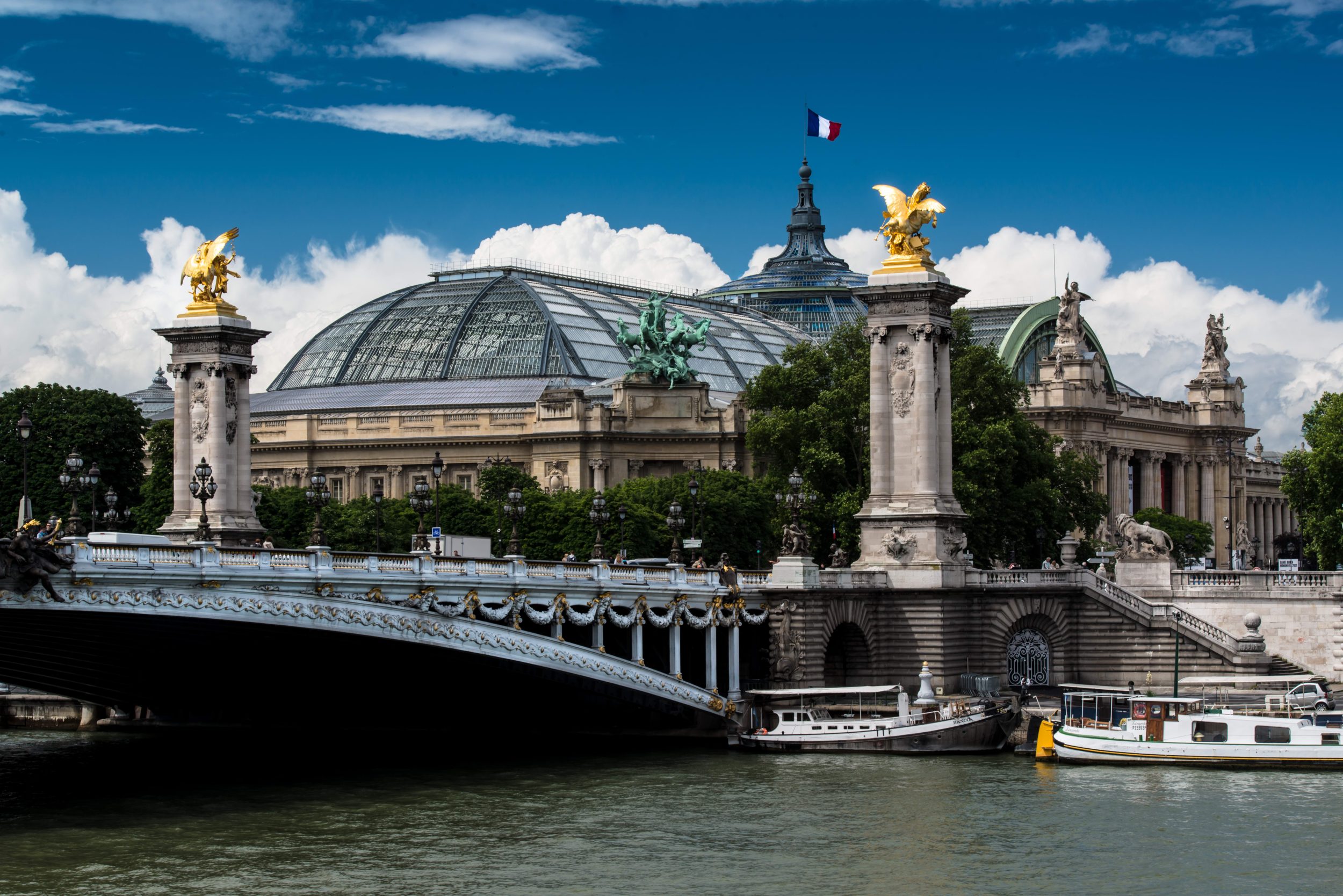
Le tour du potier, inventé au IVe millénaire avant J.-C., se répand durant l’Antiquité. Les parois des vases sont plus régulières, plus fines et plus lisses. Les céramiques sont plus élégantes.
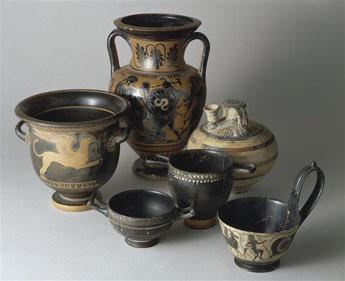
The potter’s wheel, invented in the 4th millennium BC, became widespread throughout Antiquity. The walls of vases become more regular, finer and smoother. Ceramics are more elegant. Middle Eastern potters, in particular Greeks and Etruscans, developed numerous forms: the krater, amphora, cup, aryballos, pyxis, oenochoe, etc. Their walls are richly decorated. The Egyptians produced faience with translucent turquoise blue glaze. The Chinese were already the great masters of the art of ceramics. They modelled, sculpted it and transformed it into an army of soldiers guarding the Emperor Qin Shi Huangdi in his tumulus, his final resting place. Under the Han Dynasty, small statuettes called Mingqi were placed in tombs. The first ceramics made from kaolin (clay used for porcelain) appeared. They were enamelled in blue or green.
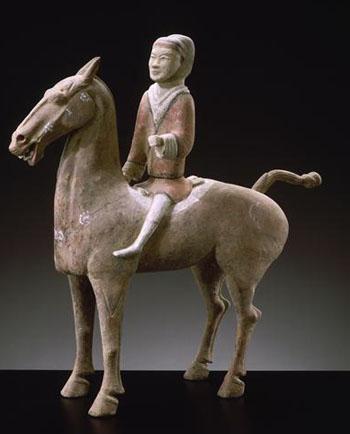

Votre panier est vide
Besoin d'inspiration ?
Rendez-vous dans le programme en ligne du GrandPalais
See content : The vibrant art of Mickalene Thomas soon at the Grand Palais: book your ticket
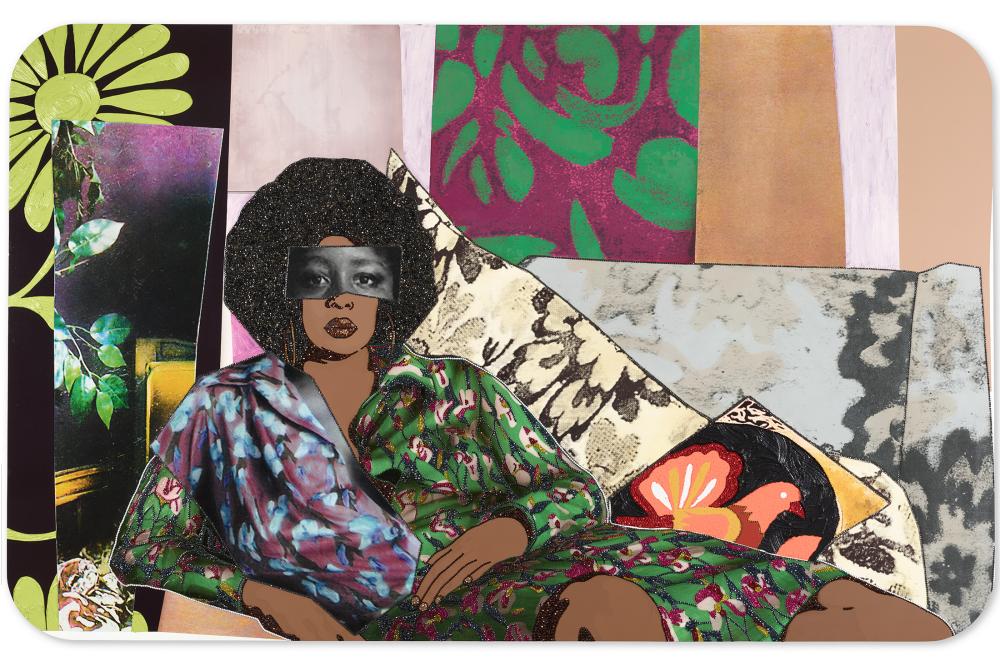
Mickalene Thomas, Afro Goddess Looking Forward, 2015
Article -
From December 17, 2025 to April 5, 2026, discover All About Love, a vibrant retrospective of artist Mickalene Thomas, the first African-American artist to be honored with a major solo exhibition at the Grand Palais. Tickets are now available, book your seats!
See content : Last weeks to discover Niki de Saint Phalle, Jean Tinguely and Pontus Hulten

Jean Tinguely, L’Enfer, un petit début, 1984, métal, objets et matériaux divers, moteurs électriques, 370 × 920 × 700 cm, Centre Pompidou, Musée national d’art moderne, Paris.
Article -
An artistic, playful and historic interlude before the holidays! You still have until January 4, 2026 to discover the adventure of the trio Saint Phalle, Tinguely, Hulten. Between the Swiss sculptor, the Franco-American sculptor and the Swedish curator...
See content : Behind the scenes of an extraordinary contemporary creation
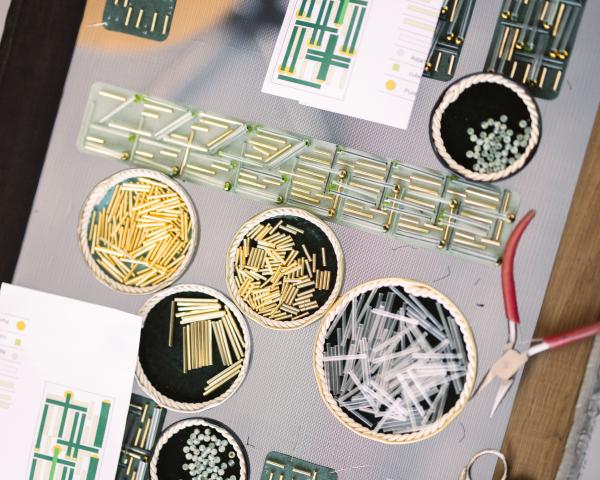
Broderie à l'aiguille, Atelier Montex
Article -
The Grand Palais and le19M, CHANEL's center for Artisanal Crafts, have joined forces to create a monumental textile curtain, celebrating the richness of exceptional craftsmanship while enhancing the majesty of the Nave. Discover in this video the secrets...